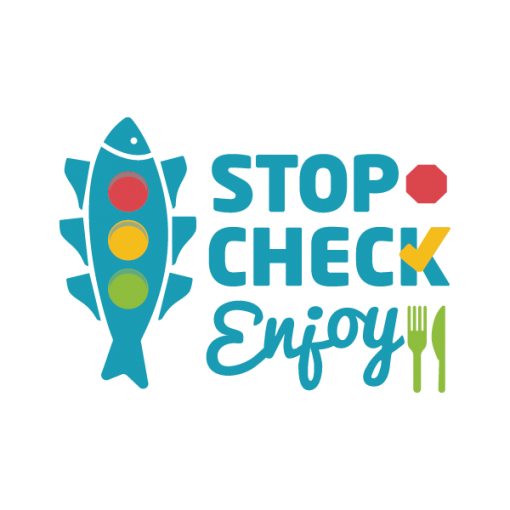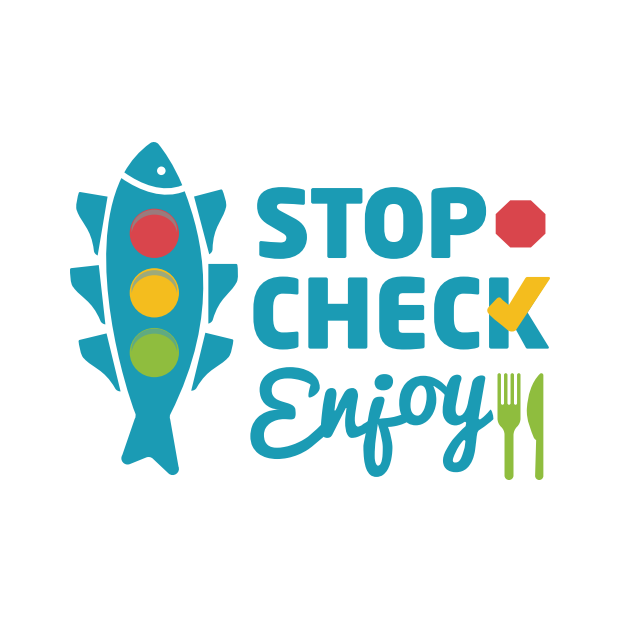
Duke University Superfund Research Center’s Community Engagement Core, in conjunction with the NC State Center for Human Health and the Environment and Oakland University, have created two new guides designed to help you inform future fish consumption advisories with data and effectively communicate these advisories to the public.
Guide on Communicating Fish Consumption Advisories
Are you in need of a one-stop-shop for how to communicate existing fish consumption advisories to vulnerable communities? This manual walks you through best practices when it comes to messaging, language, channels of communication, and dealing with pitfalls. Check it out here! bit.ly/fishcomms
North Carolina Fish Consumption Advisory Process Manual
Want to collect chemical contaminant data on fish to inform your local fish consumption advisories? Local health departments and non-governmental organizations can play a part in the fish consumption advisory setting process, and this manual is designed to help interested groups get started. Plan your fish tissue collection and analysis so that your data is usable by the NC Division of Public Health. Check it out here! bit.ly/fishdataguide
Background:
In 2019 and 2020, our team collected and tested fish tissue samples from popular fishing locations within the lower Cape Fear River basin to expand knowledge on fish contamination in the region. Unfortunately, resource limitations at the N.C. Department of Environmental Quality, which oversees fish tissue sample collection in the state, and elsewhere in state government has meant that prior to our own sampling work, no fish contaminant data for the region had been gathered in nearly a decade. As a result of the sampling and testing, six new advisories were issued in October 2021.
While our team was able to collect and test fish samples in a way that satisfied the requirements for consumption advisories in the state, it was not a straightforward process, and no guide existed for organizations or local health departments who might also want to assess the health risks of fish caught from local water bodies throughout the state. Our team created a manual to help other groups do similar work. Local health departments, river stewardship groups, and others will benefit from this guide, which will help them decide if it makes sense to go forward with collection and testing, and if so, some of the basics on how to make sure that their valuable data is considered by the state.
—
Since 2016, the Community Engagement Core has worked with community partners in the lower Cape Fear River Basin to increase knowledge of current fish consumption advisories and to encourage safer choices when preparing and eating fish caught from the river. This coalition of community partners conducted research on fish consumption patterns and the most effective messaging and channels of communication to inform and elicit safer choices. The results were then used to inform the development of culturally appropriate materials and a targeted outreach campaign – Stop, Check, Enjoy!





